Philippe Starck was born in 1949. From a childhood spent beneath the drawing tables of his airplane building, aeronautic engineer father, he retained a primary lesson: everything should be organised elegantly and rigorously, in human relationships as much as in the concluding vision that presides over every creative gesture. In 1983 Philippe Starck was discovered by the general public when, on the advice of Culture Minister Jack Lang, President François Mitterrand chose his project to decorate the private residence at the Elysée Palace. It symbolised an institutional recognition of design. The following year his international fame was confirmed thanks to the success of the Café Costes, a new venue that was both functional and elegant, that contained all the essence of Starck architecture while converging with the birth and blossoming of a community. Starck has designed several world-famous luxury hotels, yachts and watches such as: Mondrian Hotel, Le Meurice, The Royal Monceau, Steve Job’s yacht called Venus, Richard Mille, etc.
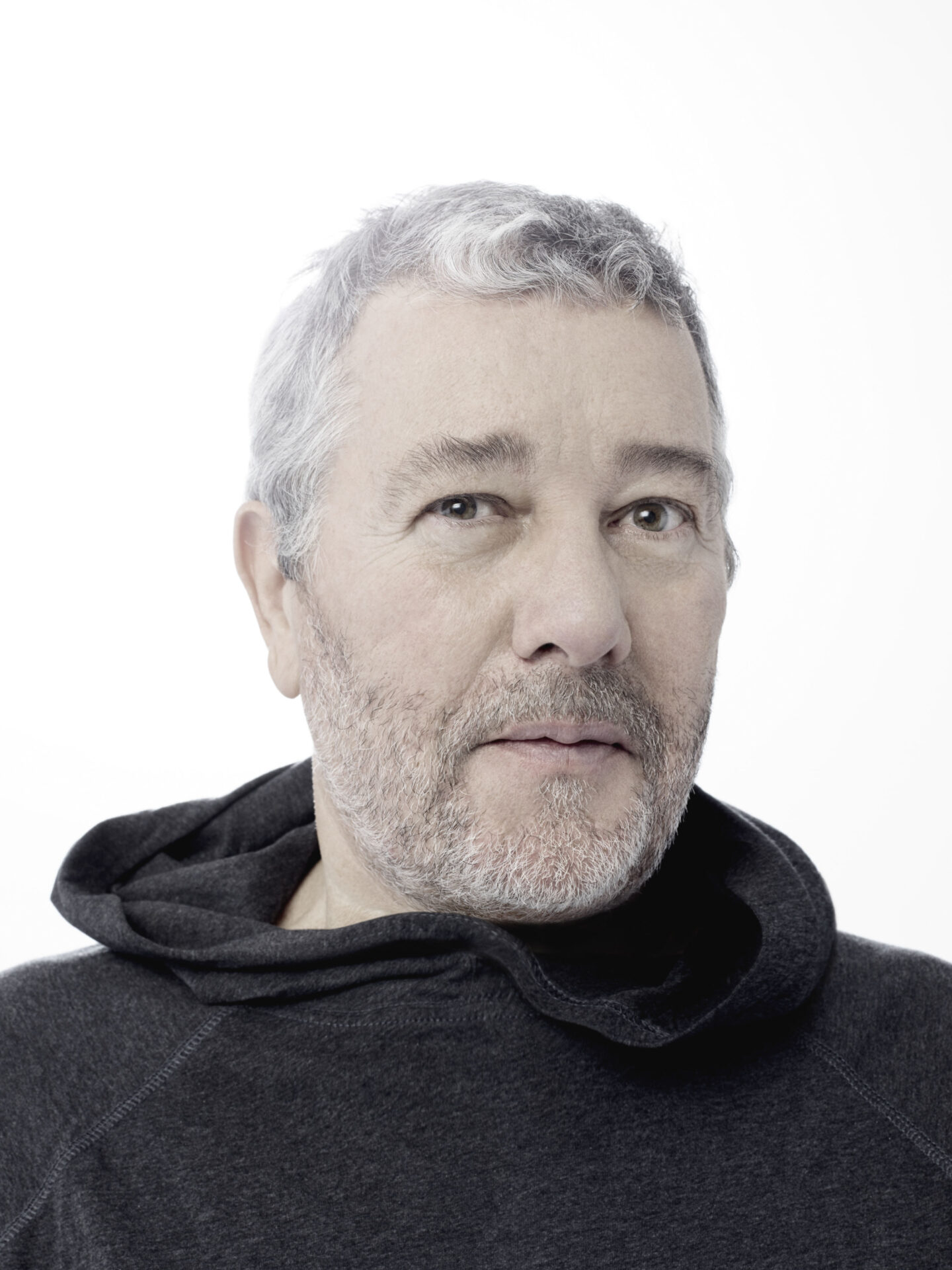
You have a big experience in the gastronomy design, even in the GCC. Katsuya Dubai is a totally different concept like IDAM by Alain Ducasse. How did you start this project? What was your main inspiration?
I am not interested in design or architecture. For me, architecture is not made of stone, glass and steel, it is made of the film of our lives. What interests me is ‘us’, the human beings. I feel more like a film director, preparing the emotion for the guests who become actors.
There is no project without a vision. A restaurant is nothing more than a place where people come for legitimate and respectful reasons: to eat to live. The real subject of this restaurant is food. The MIA is one of the world’s most spectacular architectures, which deserves to house the most beautiful collection of Arab culture. A museum is first and foremost a mental construct, it is purely cultural. My aim is to bring us, to bring everyday life through the ceremony of eating with family and friends and to achieve a sophisticated and mixed cocktail of culture and life. With IDAM, I want to encourage people to step out of the everyday, to enter a world enchanted by ancient tales.
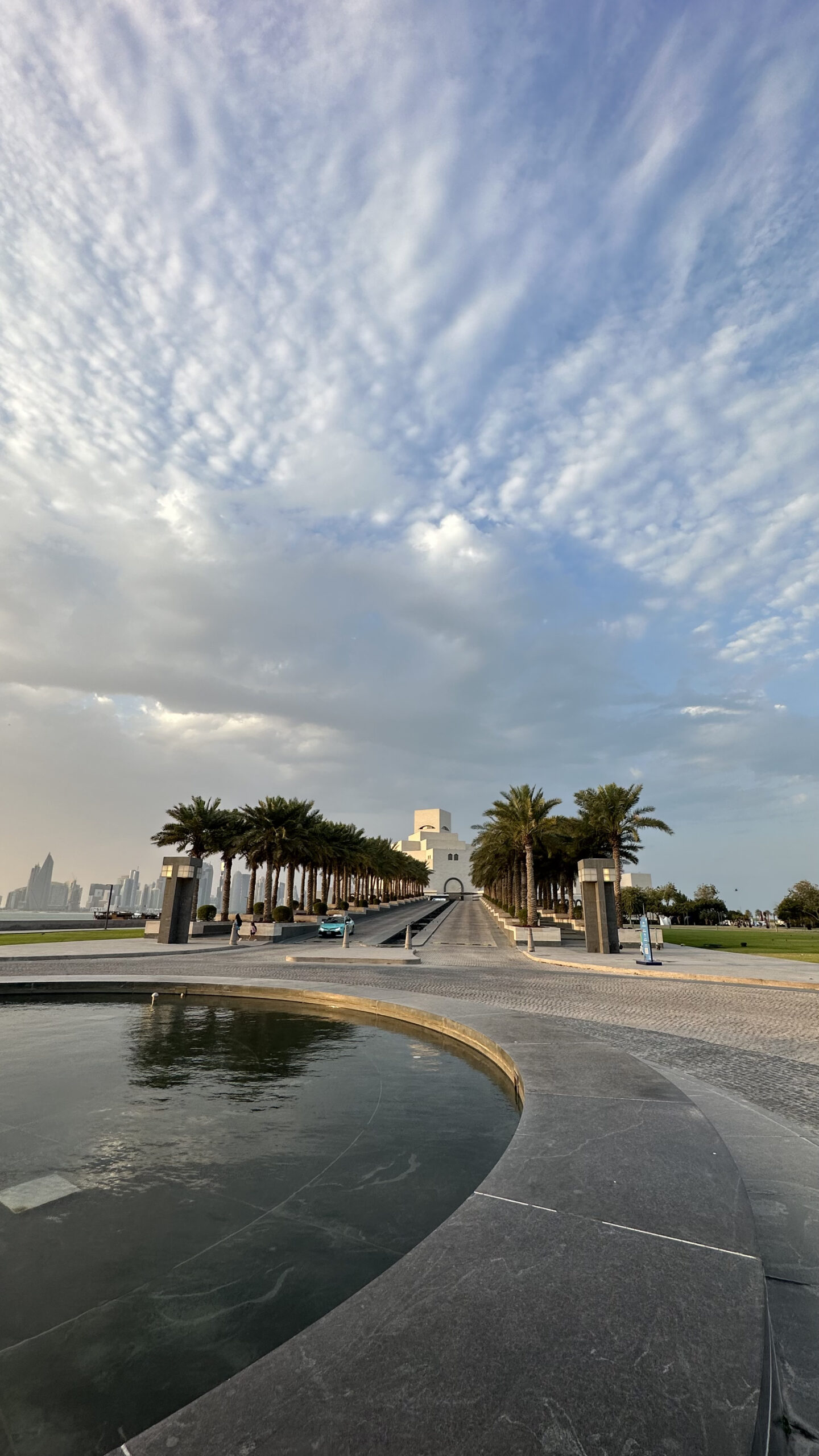
Did you work with Monsieur Ducasse before? How would you describe the work with him? Has the menu made an impact on you? When you design a restaurant how important it is for the design to match with the culinary?
This was the first time I worked with Alain Ducasse, before collaborating with him again for Le Meurice in Paris. When I was invited to work on this project (IDAM), I thought of this Master for the following reason: I love food, especially Arabic food, but sometimes it does not correspond to the values of health and dietetics. Alain Ducasse is a culinary genius, who would know how to bring traditional Arabic cuisine to a new stage of modernity. Everyone should be concerned about health, because it supports the brain and the brain is the producer of intelligence and creativity. It is the centre of the project. The architecture is just the envelope around it. Mr Ducasse always has interesting surprises in store for us.
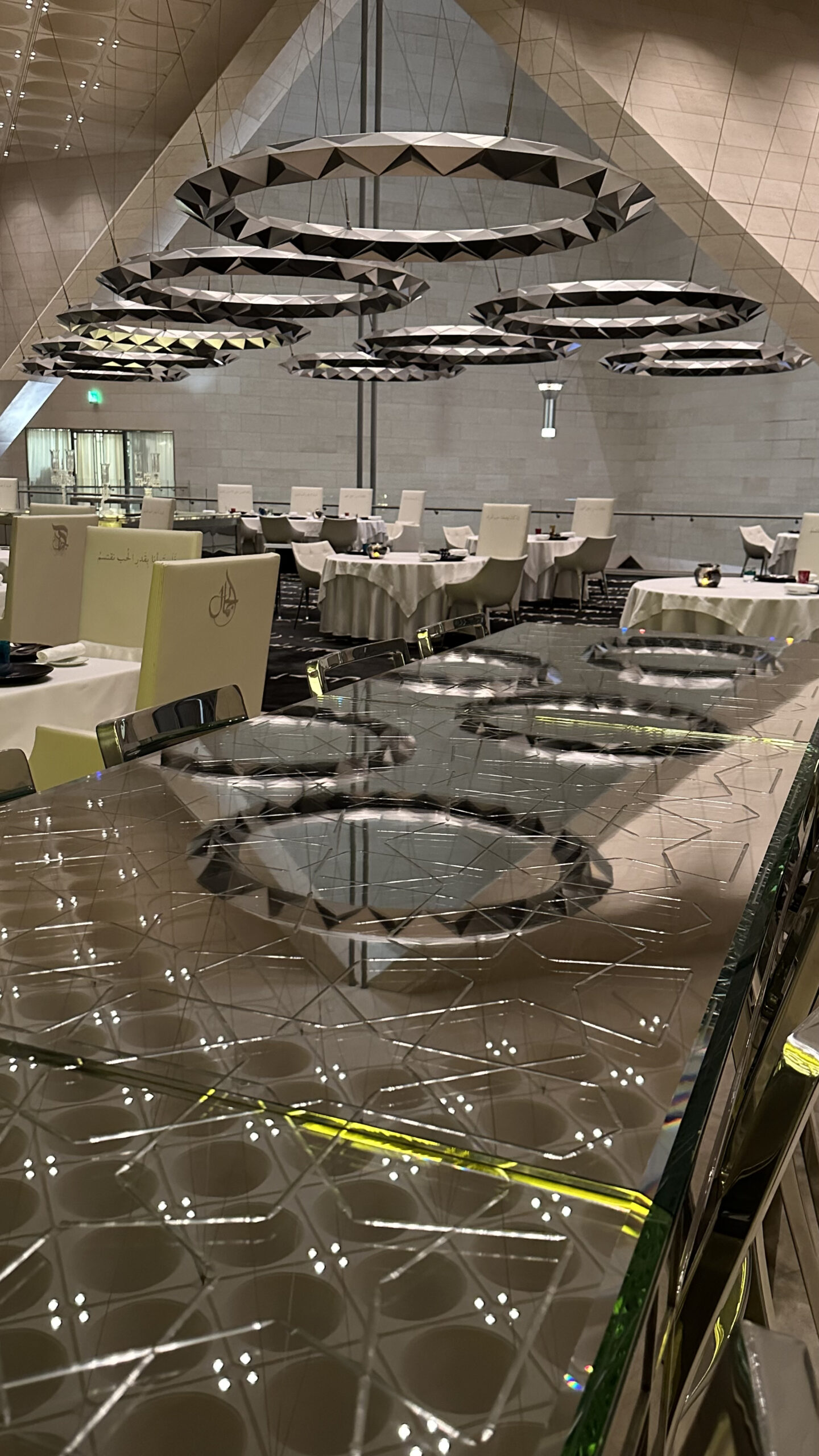
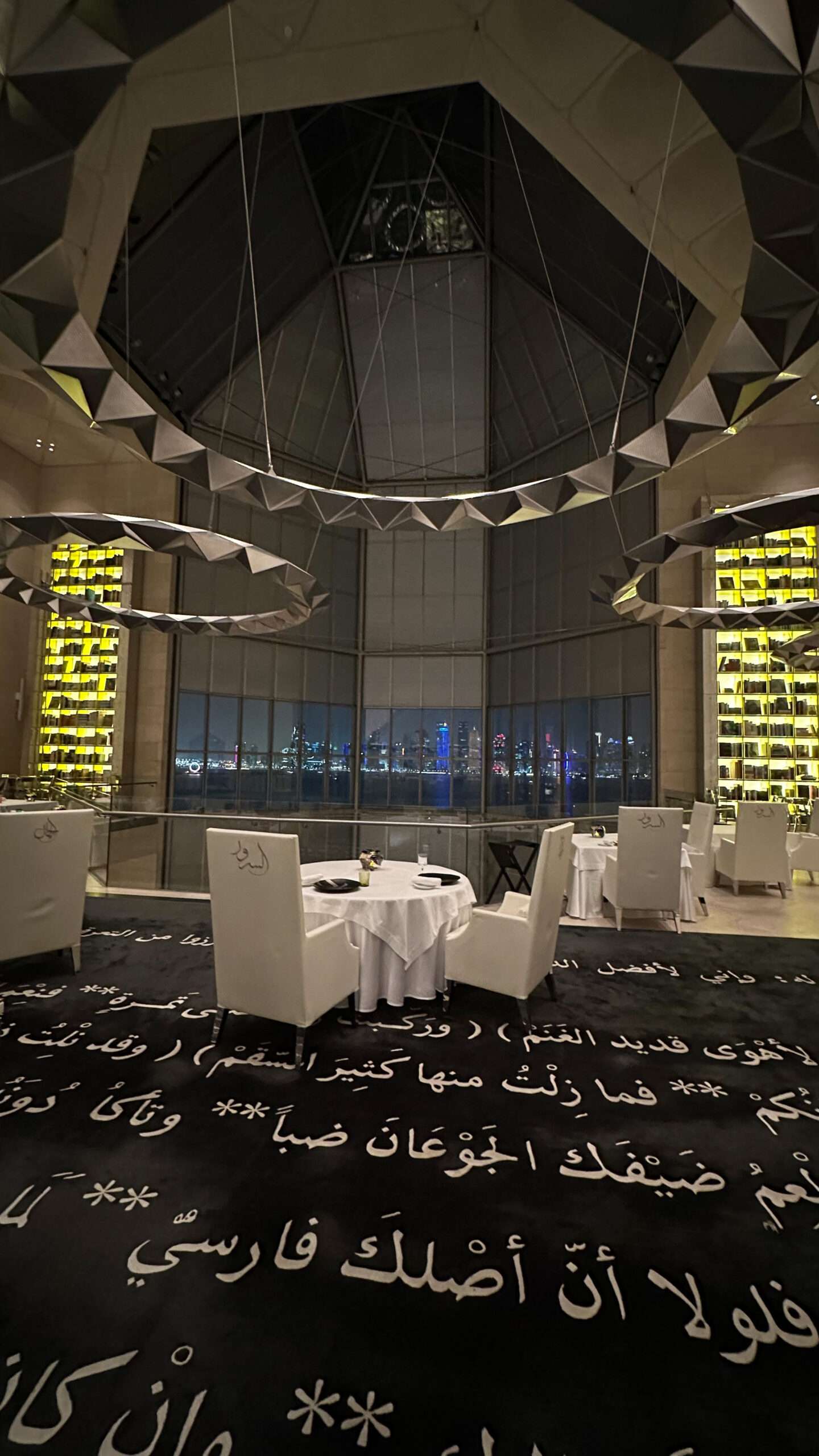
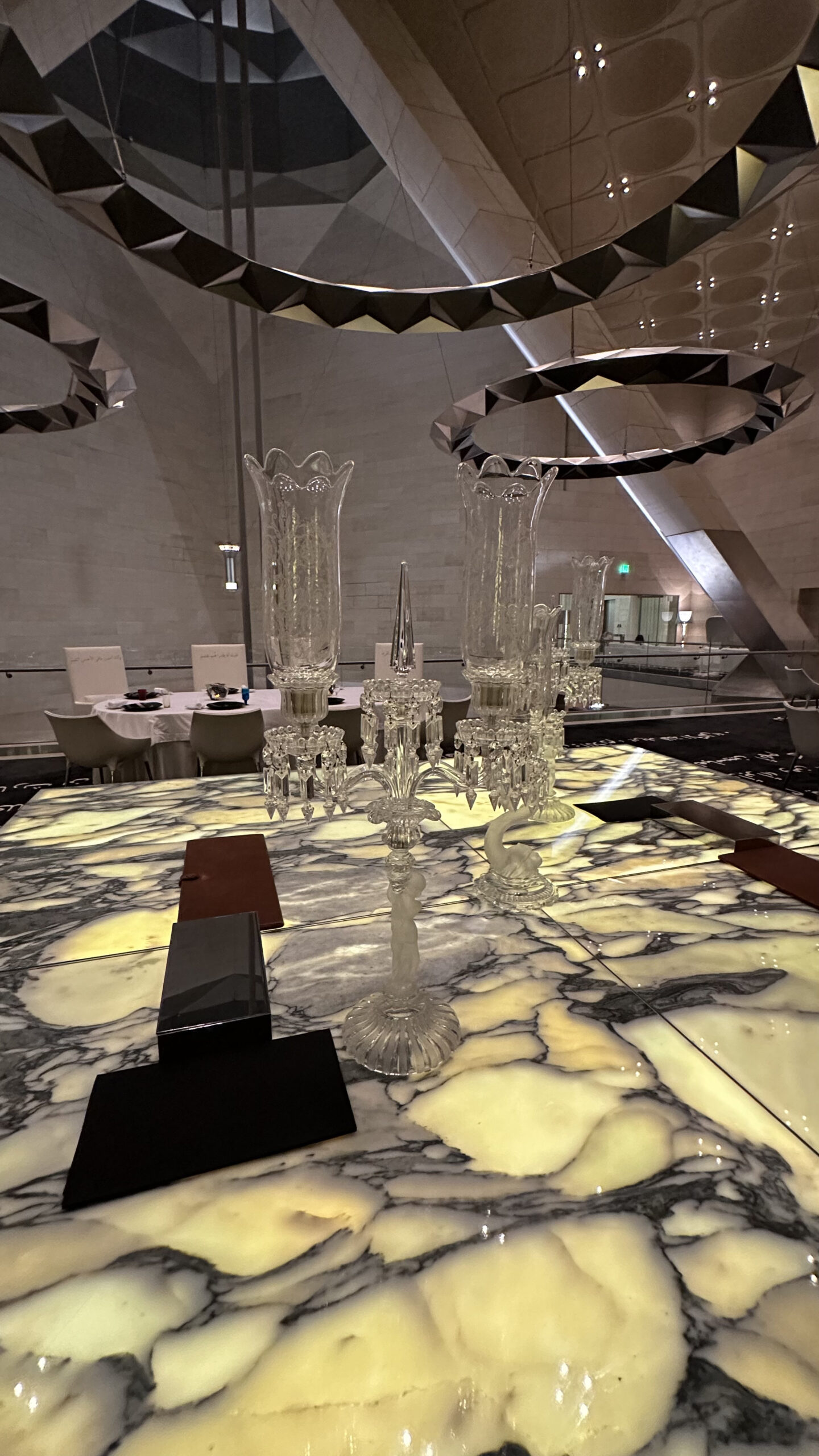
What are the most typical elements of the Starck style one can recognise easily in IDAM?
I don’t have a style. I have logic. I have dreams. Here, I brought a touch of surrealism and poetry with some fertile surprises, through the personalities of the world of art and literature pictured on the shelves, or the Arabic calligraphy reminiscent of folk tales from the Islamic golden age inscribed on the carpet. They are just little surprises that can give other ideas and open doors in the minds of people who will be interested in dreaming and building their own vision.
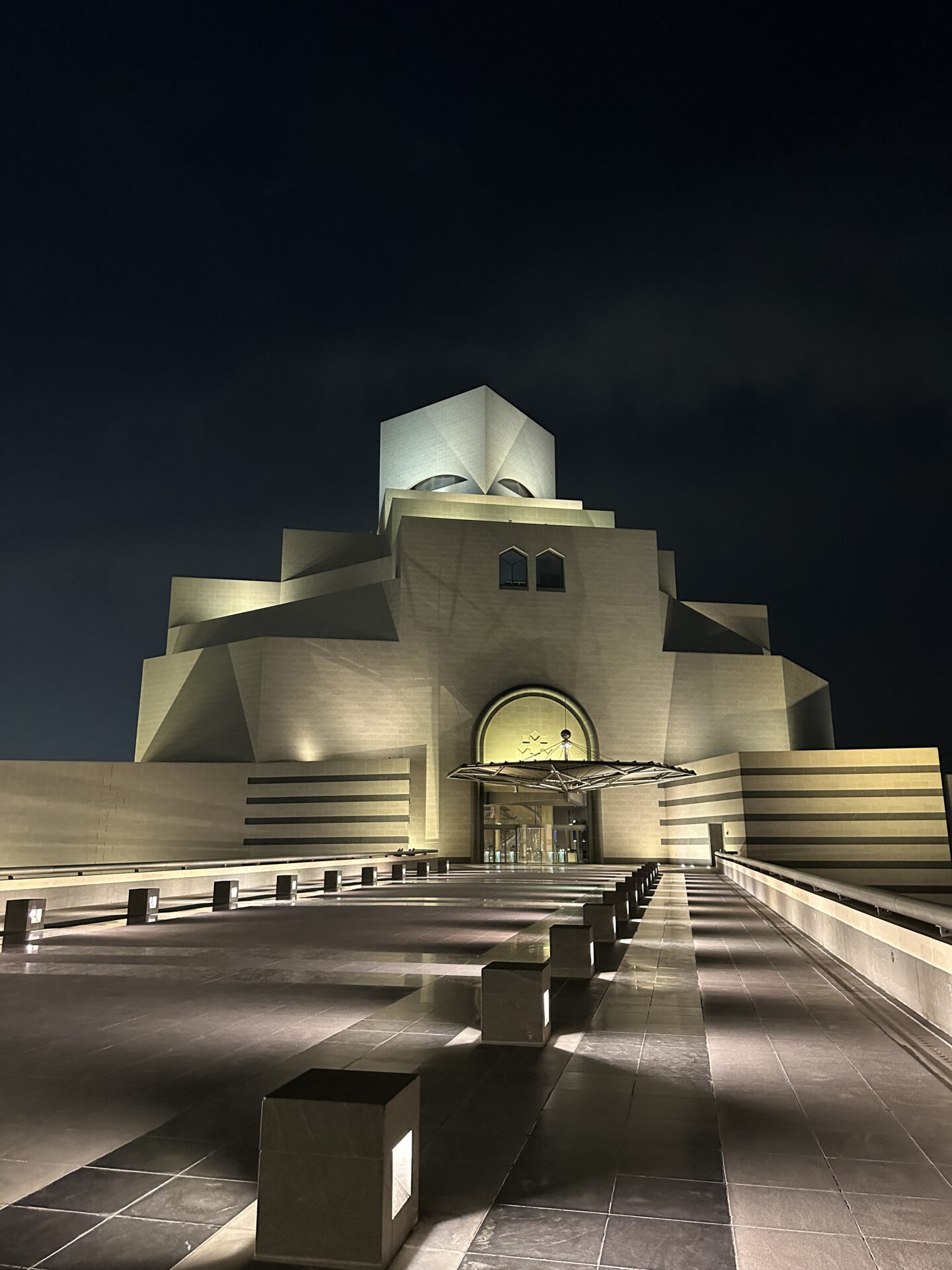
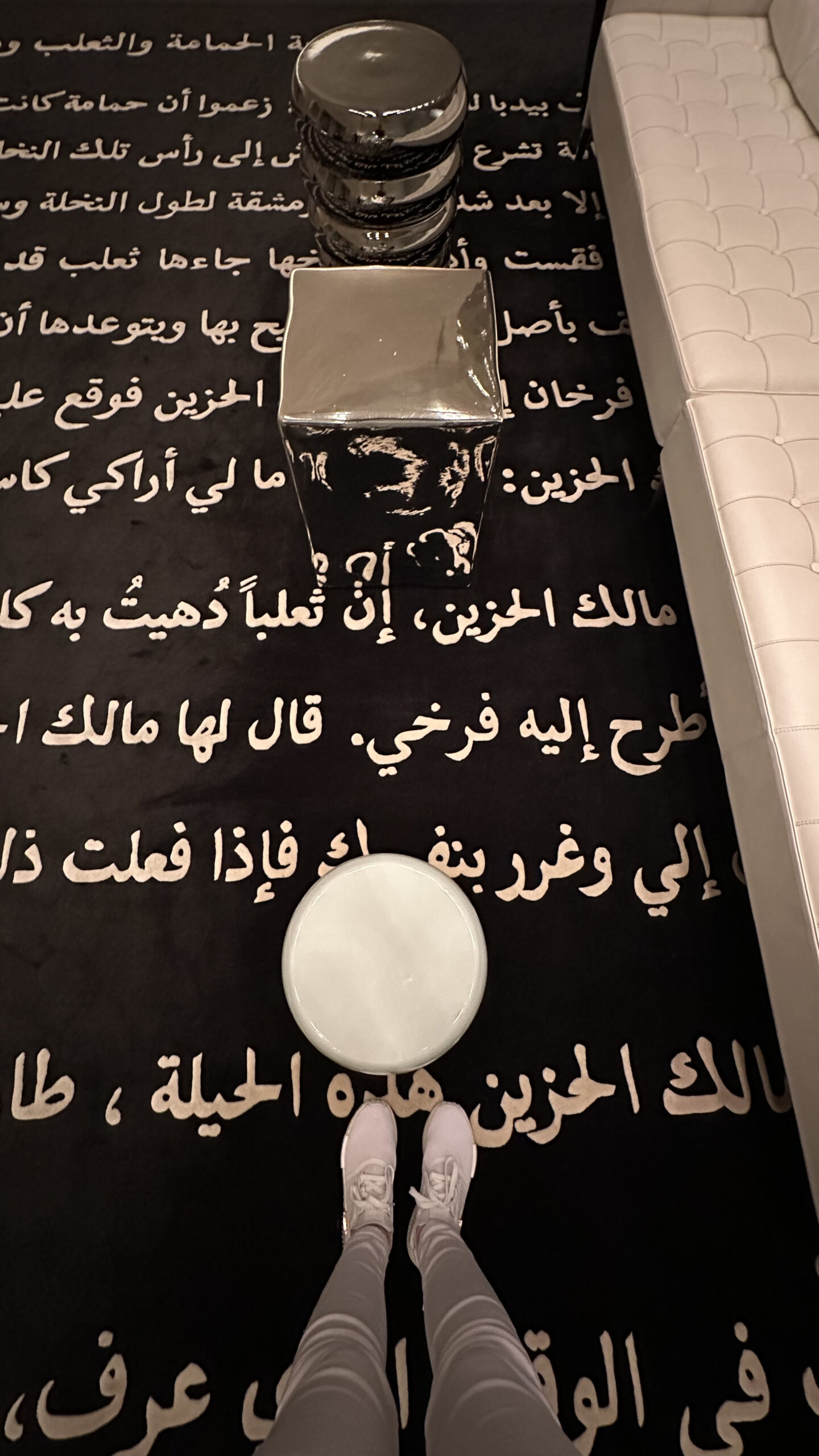
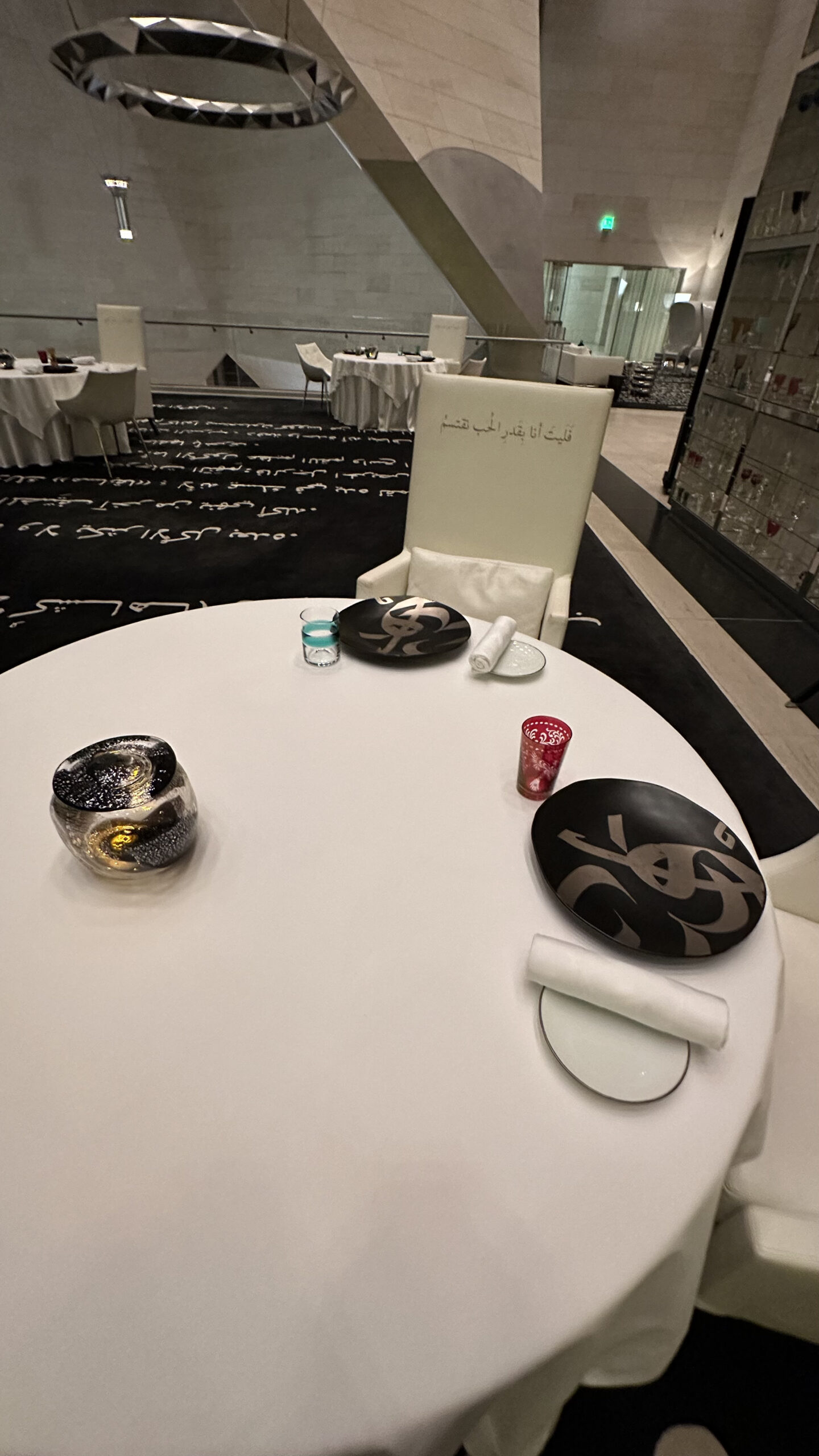
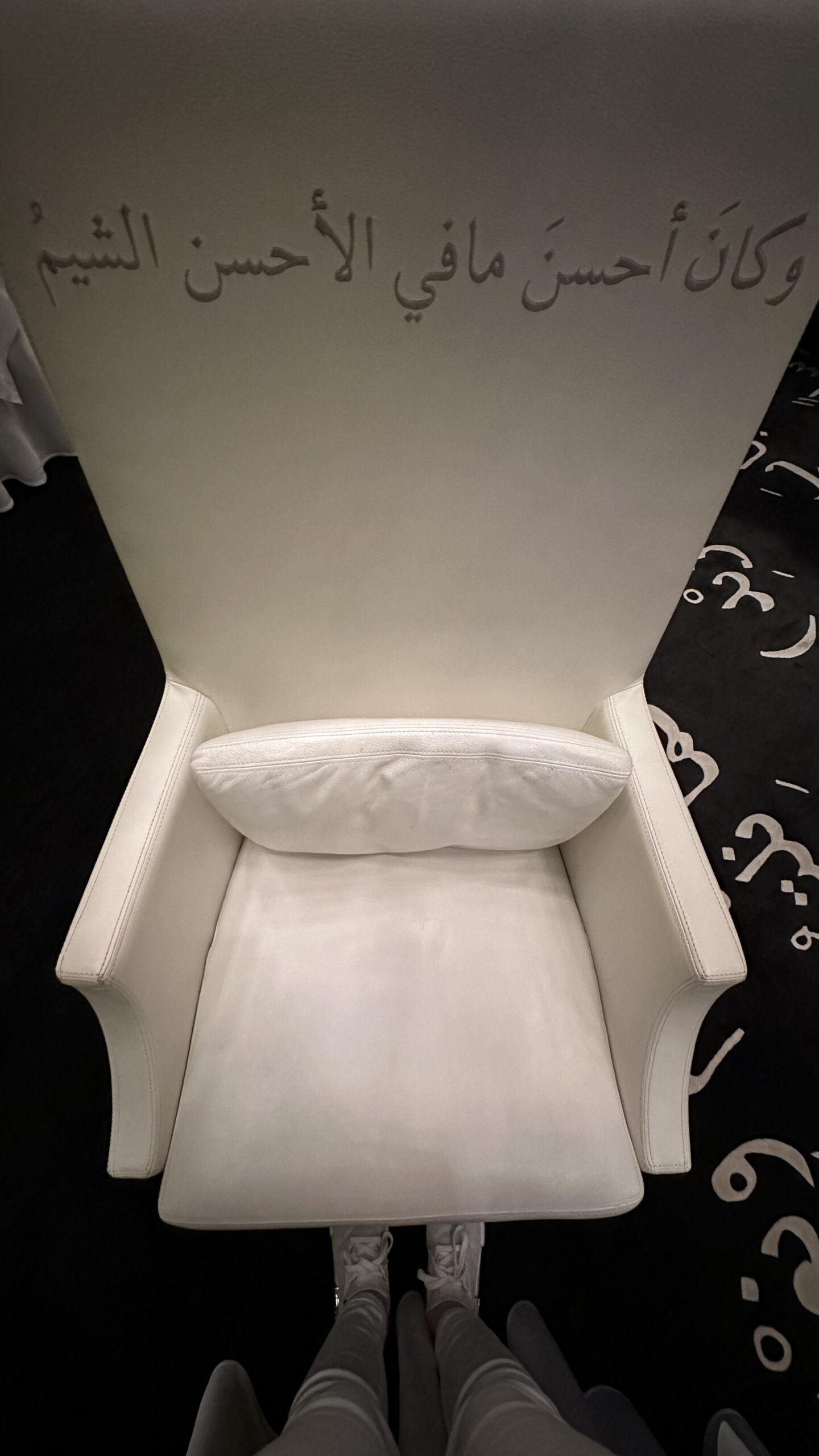
Besides the lighting, the most characteristic elements are the two bookshelves. It’s not a common thing in a restaurant, is it? Why was it so important for you to use them?
My natural food is literature. I have that passion from all over the world. I was particularly fascinated by the elegance, poetry and intelligence of Arabic literature. That is why it was a duty for me to pay tribute to all these Masters of Literature.
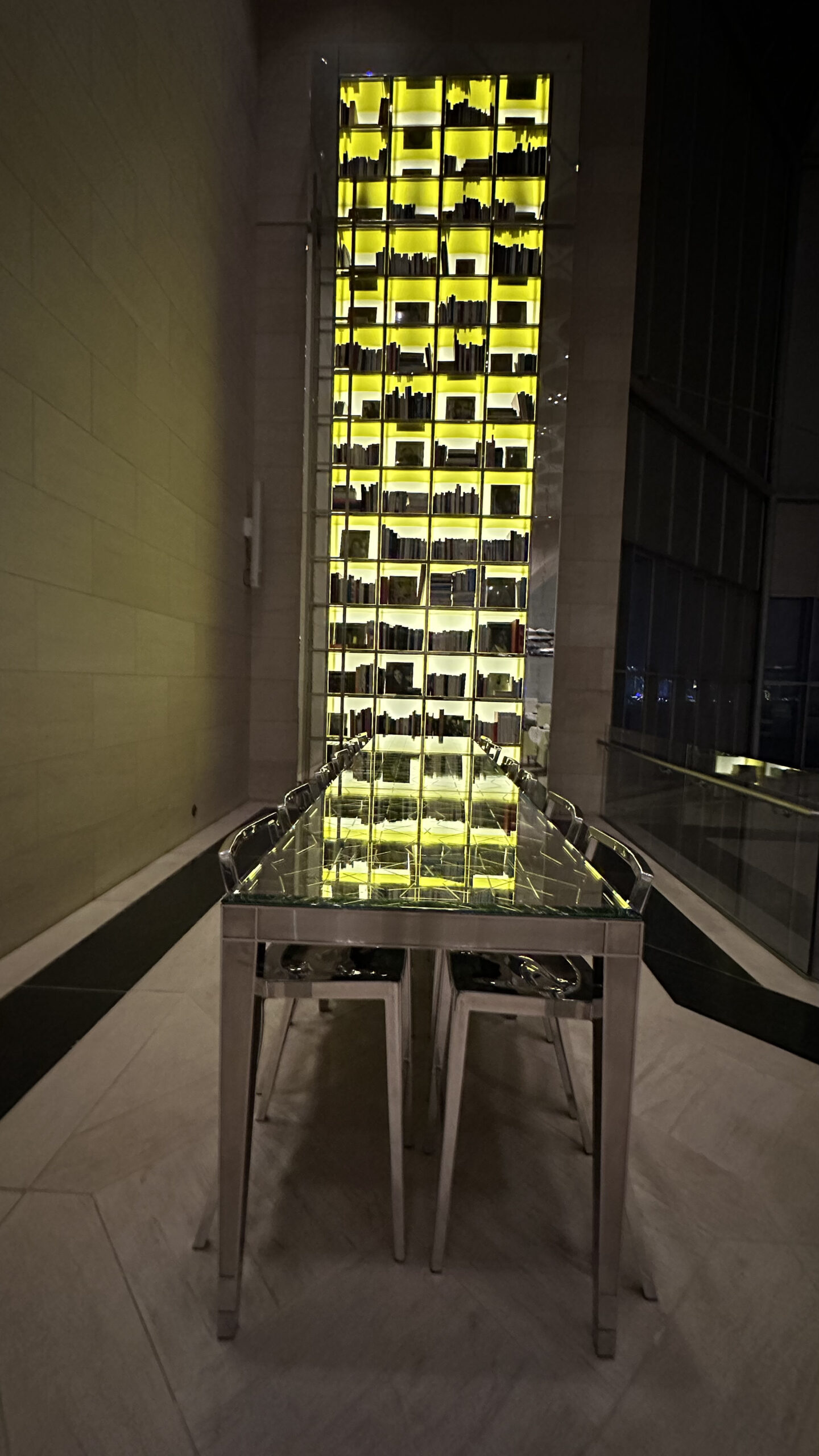
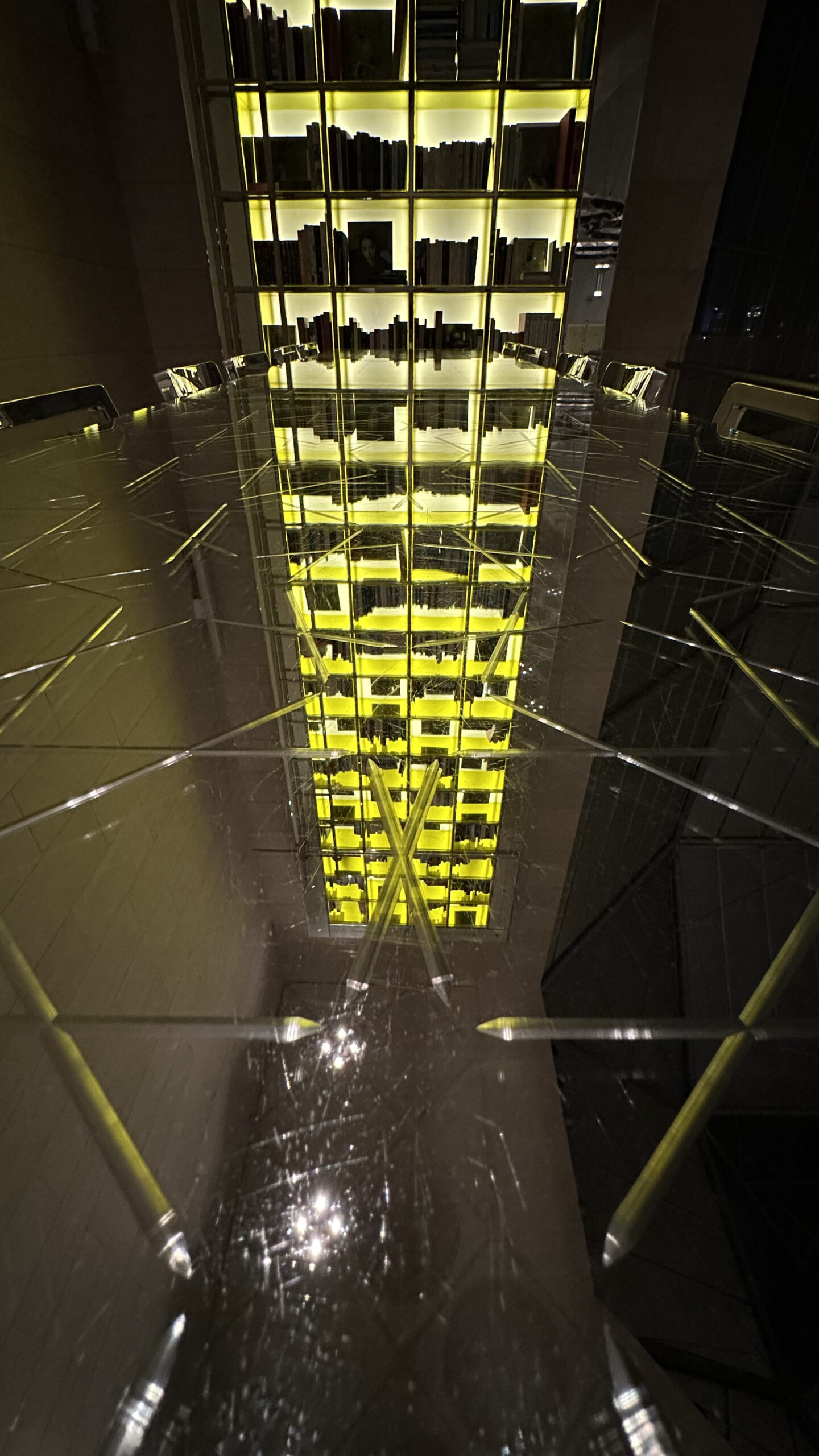
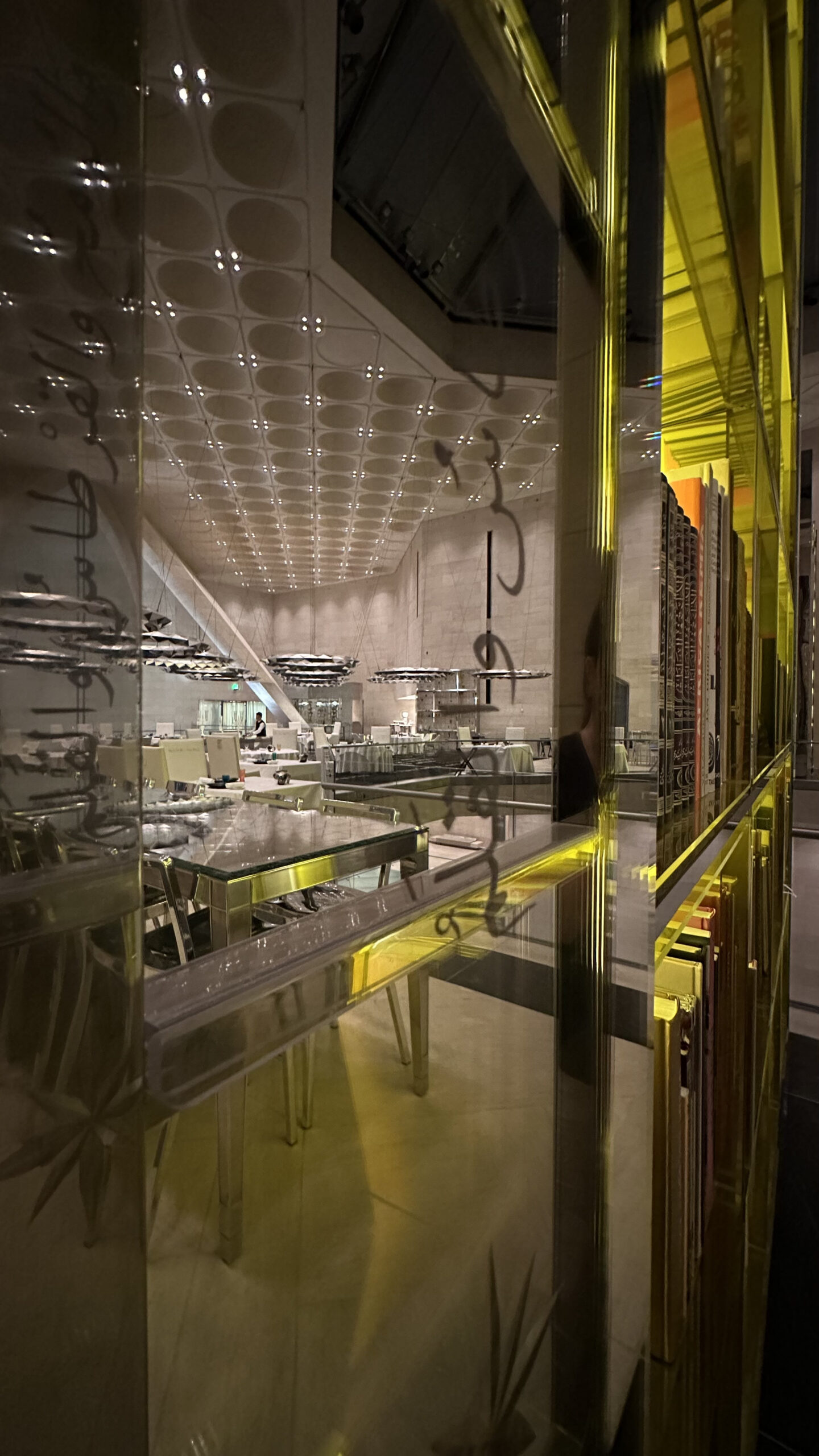
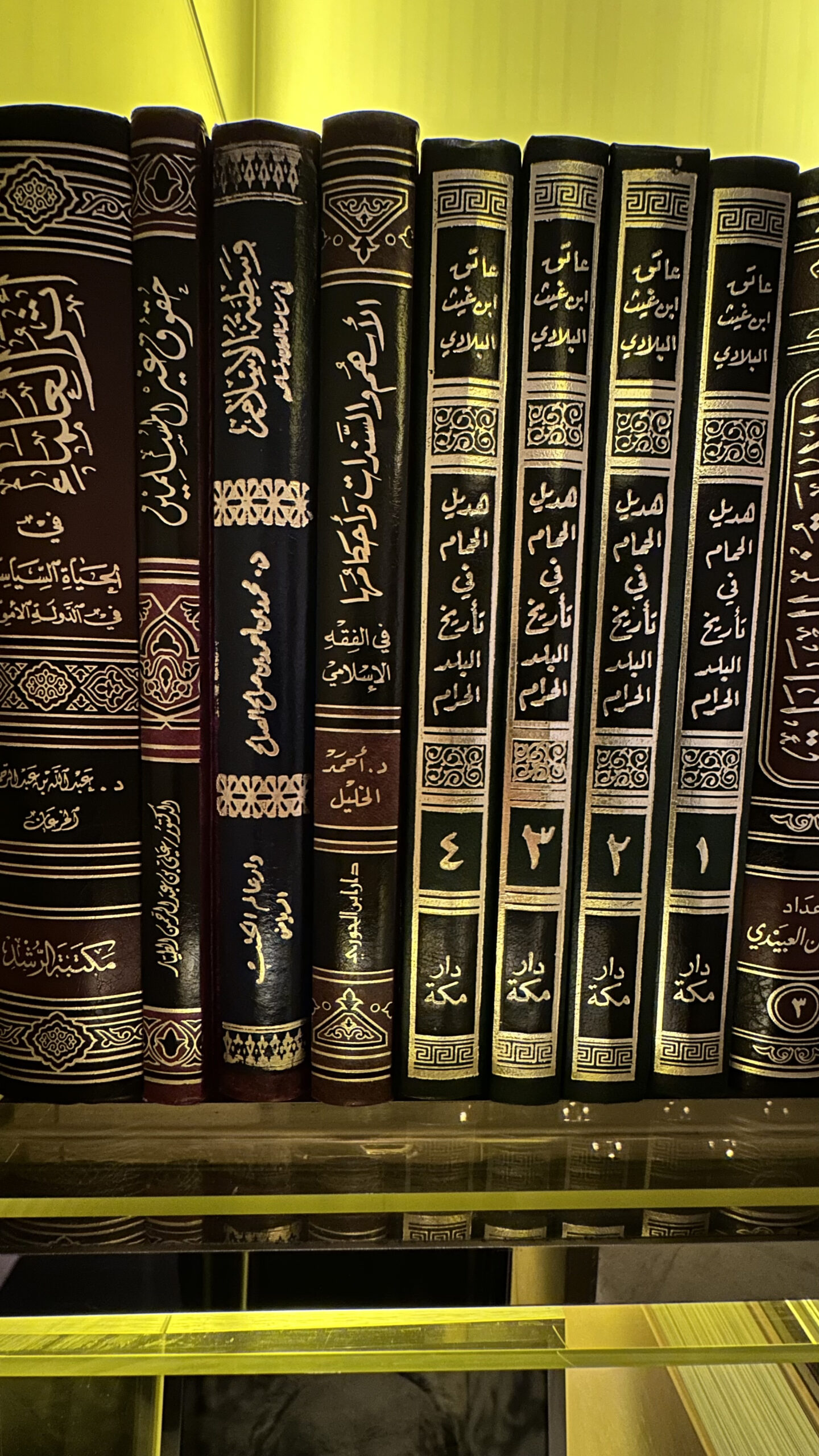
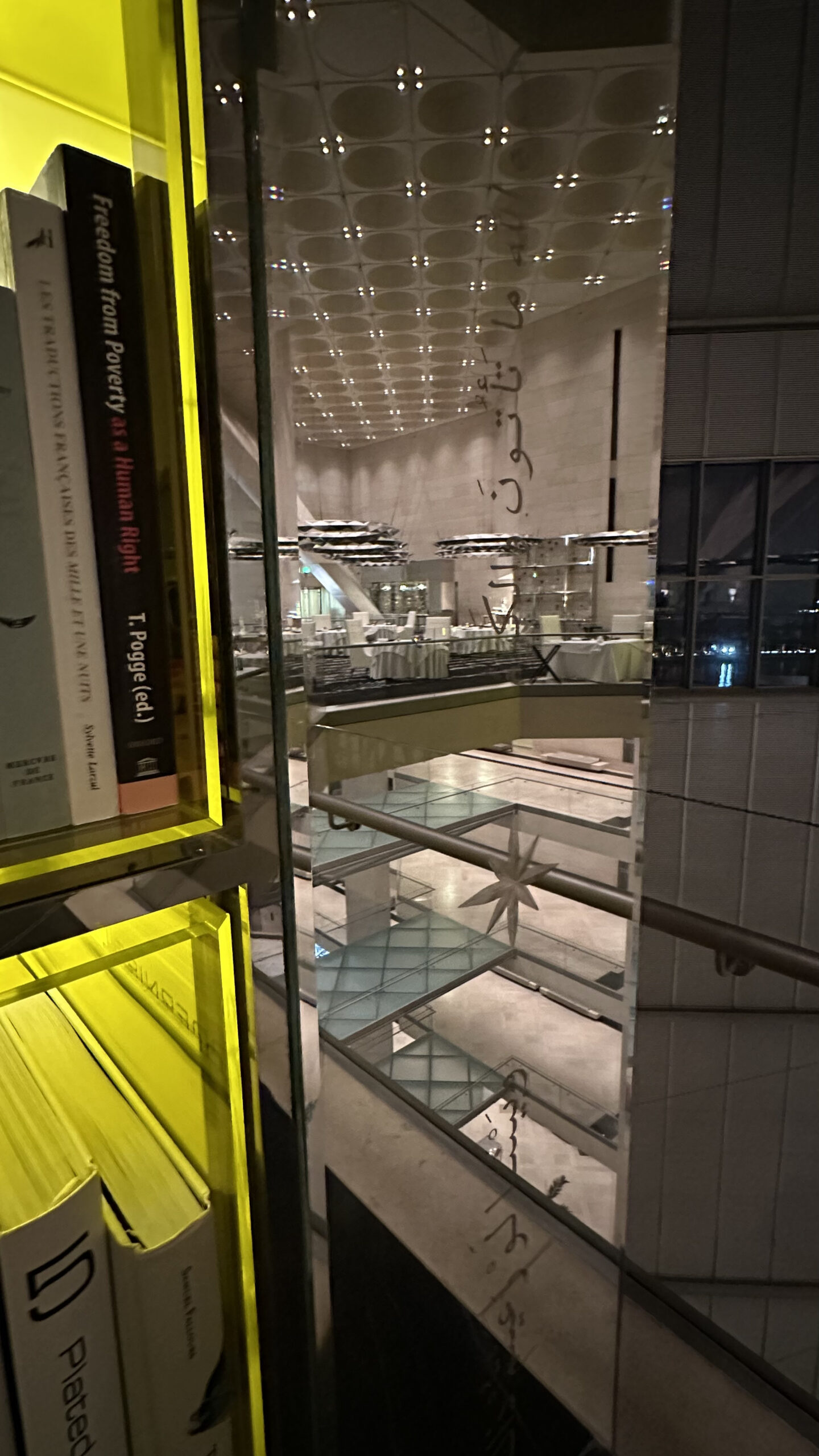
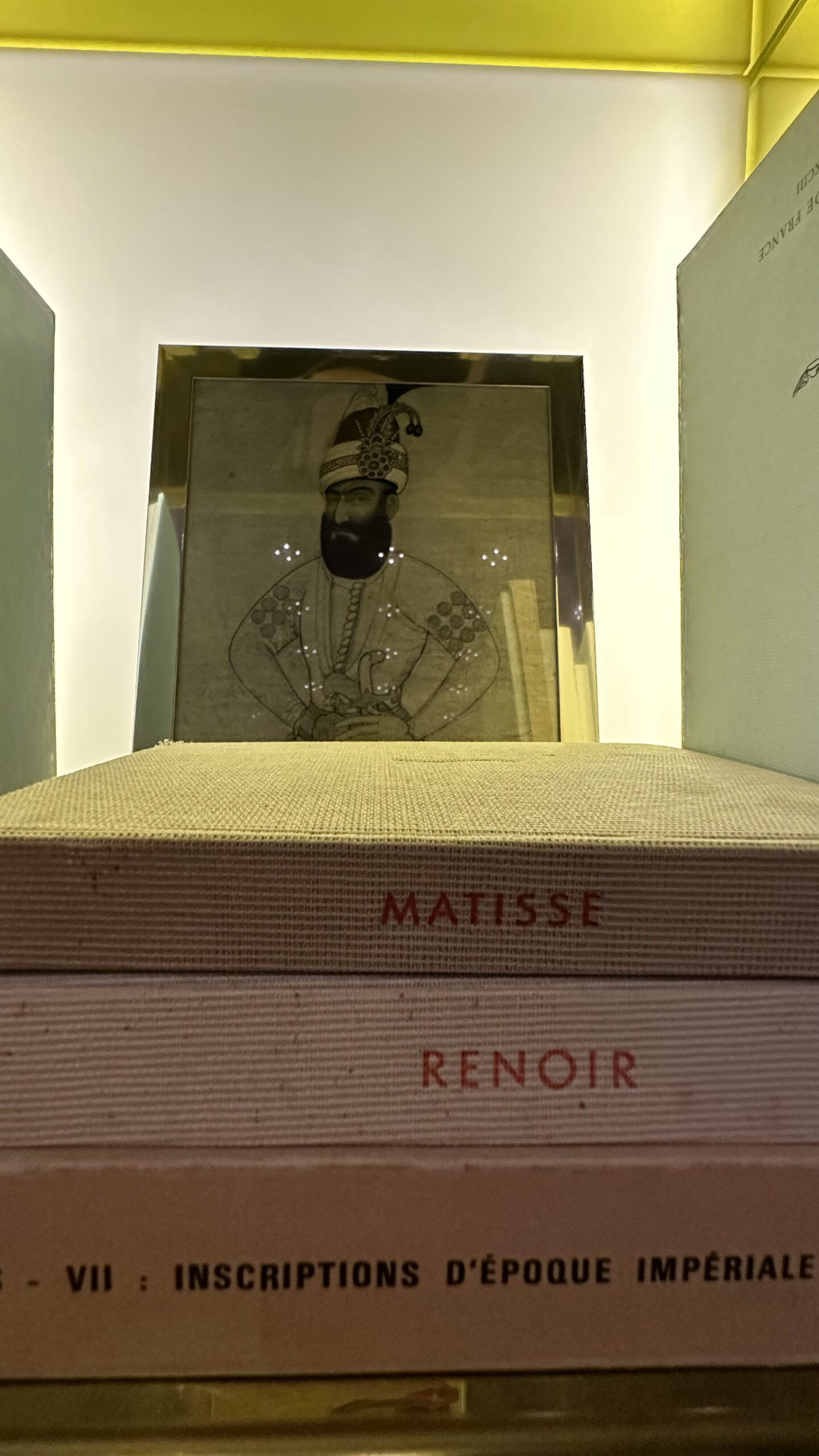
Portrait photo: JB Mondino
PR invitation